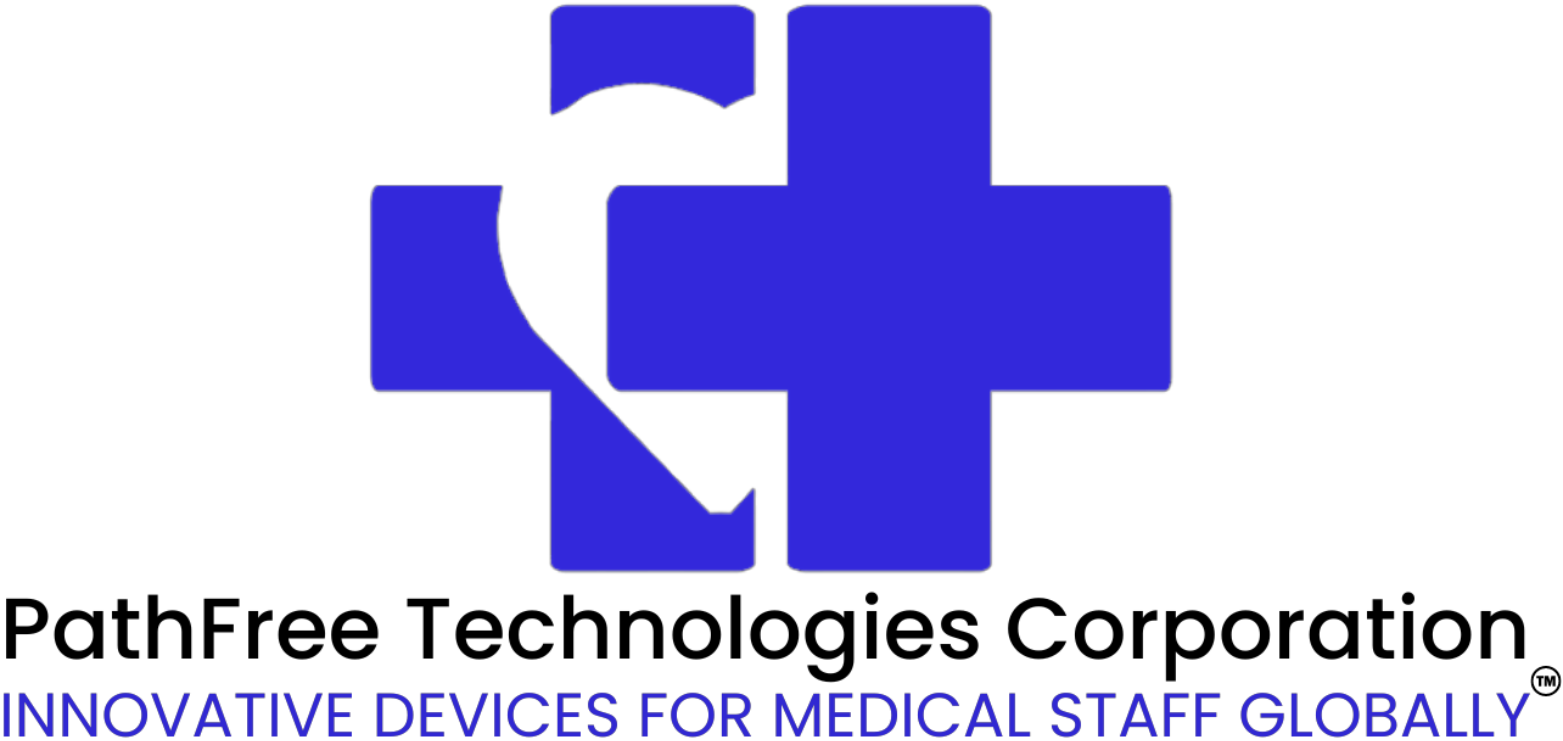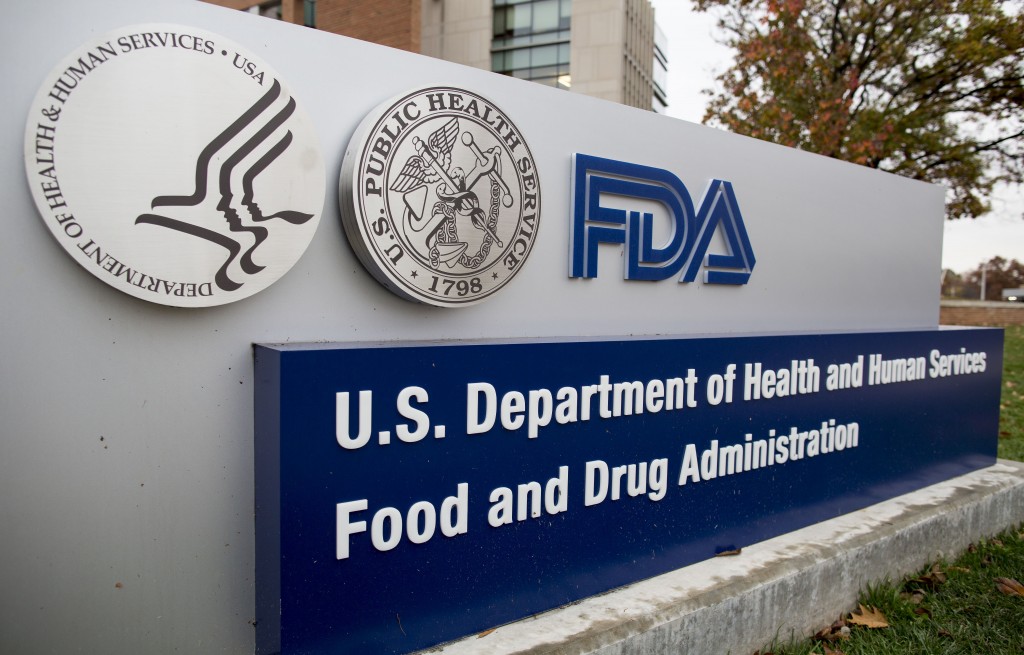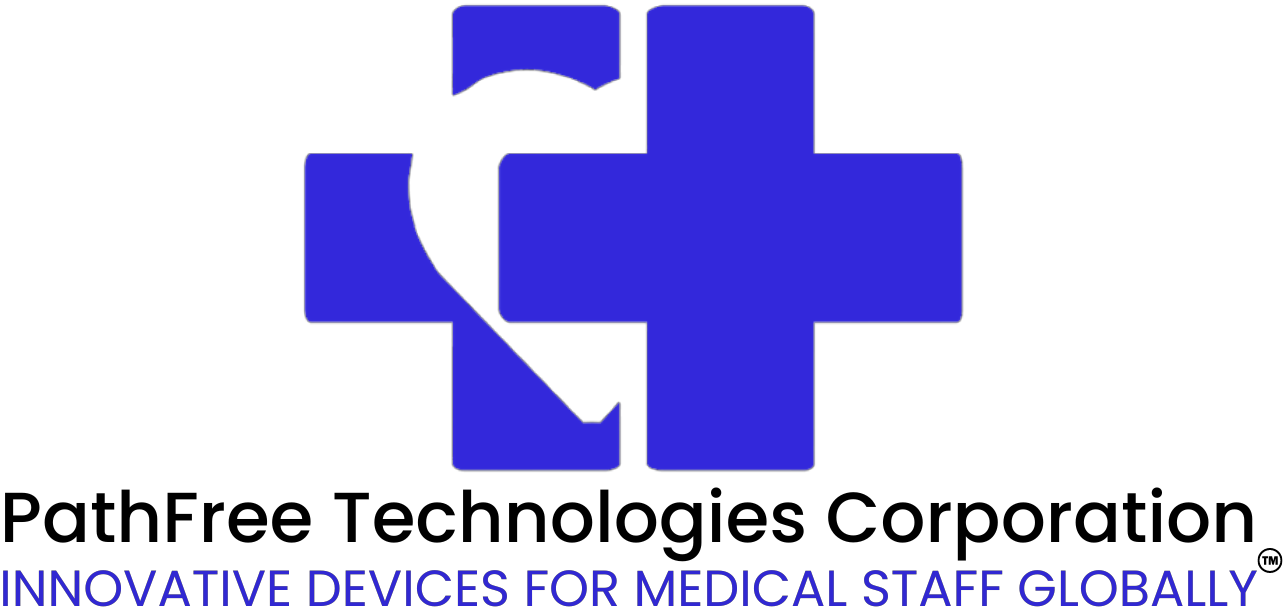Category: Corporate
-
PathFree Technologies Corporation July Newsletter
Learn more about AiCart The PathFree AiCart is a game-changing medical device that embraces the immense potential of AI technology. By seamlessly integrating AI features into emergency response procedures, it aims to enhance the effectiveness and efficiency of CPR and ACLS techniques. As the demand for AI solutions continues to grow, the AiCart stands ready to lead the way…
-

-

-

-

Optimizing Crash Cart Efficiency: A Comprehensive Guide to Enhancing Patient Safety
Introduction In the high-stakes world of healthcare, the readiness of your organization’s crash carts can mean the difference between life and death. Often, these emergency response tools, also known as emergency carts, bags, or boxes, harbor hidden issues that can potentially compromise patient safety. The Hidden Dangers in Crash Carts While much of the discourse…
-

Bringing a Medical Device to Market: Navigating the Regulatory Process
The post explains the process of bringing a medical device to market, including conceptualization, research and development, preclinical testing, and clinical trials. FDA regulations and guidelines ensure safety and efficacy, and successful navigation of the process enables companies to introduce innovative medical devices. The journey of bringing a medical device from conception to market is…
-

-

PathFree Technologies Corporation Understands Regulatory Compliance
Ensuring Regulatory Compliance: PathFree Technologies’ Commitment to Quality and Safety As a leading medical device company, PathFree Technologies places a high priority on regulatory compliance. We understand that adhering to the most stringent regulatory standards is critical to ensuring that our products meet the expectations of healthcare professionals and patients. Our unwavering commitment to quality,…
-

A Medical Device Manufacturer That is On Top of Supply Chain Management.
PathFree Technologies Corporation is a leading company in the MedTech field that is committed to ensuring that its customers worldwide can benefit from its commitment to quality and results throughout the entire supply chain. This commitment is crucial in the increasingly uncertain world where healthcare systems need to be prepared. MedTech companies have to prove…
